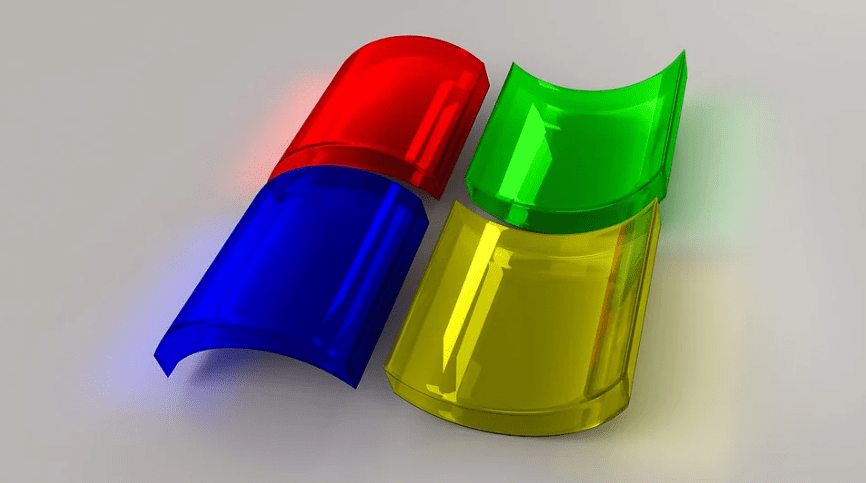If you look at the operating system of the computer or laptops in offices, schools, or homes, there’s a high chance you’ll see using iconic Microsoft Windows. It’s no surprise as it holds about 70% of the market share, leaving their closest rivals for a combined 20%. It all began within Windows 1.0, which was announced in 1983 but only to be released in the consumer market after two years. Though it’s not the version when Windows got “real,” it’s still a landmark that guided Microsoft to its path to global dominance.
The Birth of Windows 1.0
Bill Gates announced Windows, initially regarded as Interface Manager, in 1983. Development of the OS took two long years, which led many skeptics to call it “vaporware,” a software only advertised but never actually conceived. Microsoft eventually refuted all dubiety after it finally released Windows 1.0 on November 25, 1985, to succeed its MS-DOS or Disk Operating System.
The most significant selling point of Windows 1.0 is its GUI (Graphical User Interface). Unlike its predecessor, the MS-DOS, where you need to type all the commands. It came with a more straightforward, user-friendly interface and a mouse. It geared towards multi-tasking and mouse-click-based style, which people still use nowadays.
Windows 1.0 also came with dialog boxes, drop-down menus, scroll bars, icons, and software which people now call “apps,” such as the Clock, Calculator, Notepad, Windows Writer, Calendar, the game Reversi, and the iconic “Paint.” With these new tools, the OS was able to showcase its fresh graphical computing interface and how its programs were far easier to learn and use.
Back then, Window 1.0 required 256 kilobytes of RAM, two floppy disks, and a graphics adapter card to run. Users who wanted to open multiple programs or use DOS 3.0 or higher needed to have 512 kilobytes of memory and a hard disk. Those specifications won’t get you anywhere today, but it serves as a stepping stone to everything great that happened ahead with Microsoft.
Truth to be told, it wasn’t Windows 1.0 who banked on mouse-driven GUI as its main feature. Steve Jobs saw the interface in 1979 in his visit to Xerox, the first company to develop GUI. Apple then tried it out and commercialized it with its Macintosh, releasing it in 1984 or a year before Windows 1.0’s formal arrival.
Yet, Windows 1.0 was never actually marketed to match Apple’s Macintosh. Instead, it was advertised to be an upgrade for people using the MS-DOS, which was undoubtedly exciting if you’ve accustomed to using the DOS at that time.
Such appeal didn’t materialize, though. Windows 1.0 received tepid reception and faced controversies and criticisms. First, the OS ran too slowly, and a famous review from the New York Times said that experience was comparable to “pouring molasses in the Arctic.” The dependence on the mouse was also hated by many, deeming that Microsoft overfocused on mouse-based commands. Meanwhile, Microsoft also drew ire from Apple, whom they have worked with for the Macintosh, as they developed their own version. All in all, Windows 1.0 has not been well-received, but Microsoft didn’t surrender amidst the downfall.
Microsoft remained focused on creating the OS and the apps, while their rival Apple was busy developing both hardware and software. At that time, Microsoft had already cemented its identity as a software company after creating MS-DOS for IBM’s personal computer rather than Apple, which played both fields. Microsoft made an OS that was open for other software developers who wanted to develop apps. It was also easily adaptable for PCs from many hardware manufacturers, allowing them to sell their own computers.
In 1987, Microsoft released Windows 2.0. While it doubled the sales of Windows 1.0, it still wasn’t enough to catapult the company to real success. In 1990, the release of Windows 3.0 allowed Microsoft to a new commercial high, with the OS selling around 10 million copies.
The real spark happened in 1995 with Windows 95. It introduced the taskbar, “Start Menu,” easy access to the Internet, and the plug-and-play options for other hardware. It sold 7 million copies in just over a month and sold more than 40 million in its first year. Indeed, it was a pivotal moment that began a revolution and soon became the face of operating systems in the following decades.
On December 31, 2001, sixteen years after its release, Microsoft finally “rested” Windows 1.0. While the inaugural OS didn’t receive such tremendous success, its introduction was a significant triumph on its own. It all began and heralded the further innovation of the operating system most people enjoy today.

